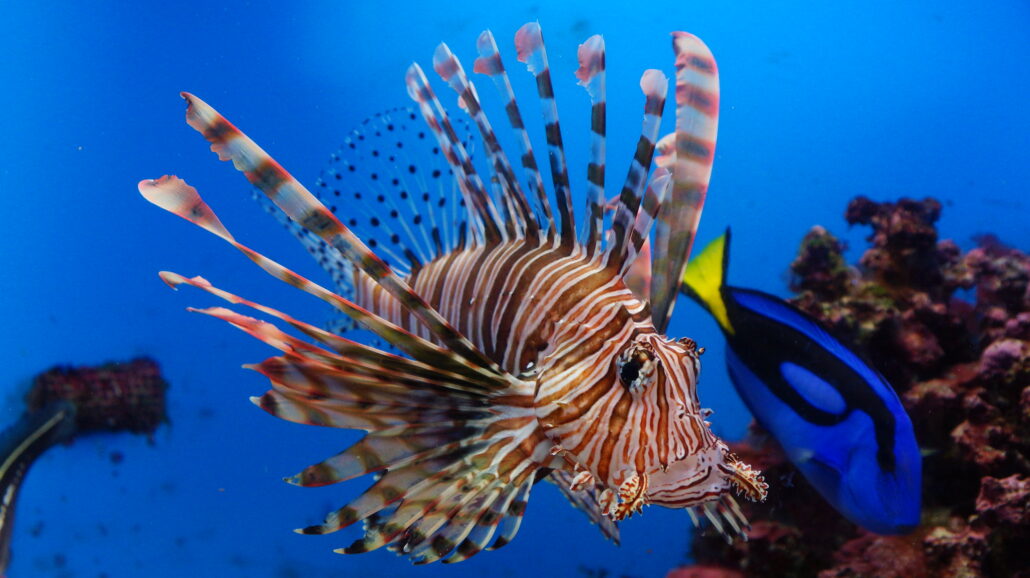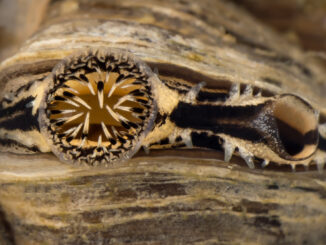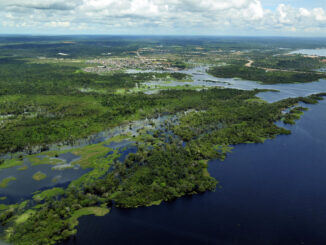
The global invasive species problem is causing hundreds of billions of dollars in damage to ecosystems and protected areas, according to a new report.
The Intergovernmental Platform on Biodiversity and Ecosystem Services (IPBES) finds that “invasive alien species” or non-native species of plants and animals that threaten environments are costing the world more than $423 billion annually. Governments spend big to defend their protected areas from invasives, but IBPES finds that they may be losing the battle.
The report focuses on the negative impacts of invasive species on human well-being, in particular on fisheries and other extractive industries. But tourism to protected areas is also threatened. For instance, an ongoing lionfish infestation in the Atlantic basin and Caribbean Sea threatens the biodiversity of some of the world’s most popular coral reefs.
“Invasive alien species are most damaging on islands, with numbers of alien plants now exceeding the number of native plants on more than 25 percent of all islands,” IPBES said in a release.
Despite governments’ efforts to tackle problems caused by invasive plants and animals, the research team behind the new study argues that the global response is lacking.
“While 80 percent of countries have targets related to managing invasive alien species in their national biodiversity plans, only 17 percent have national laws or regulations specifically addressing these issues,” the report warns. “This also increases the risk of invasive alien species for neighboring states.”
©2025 Public Parks



